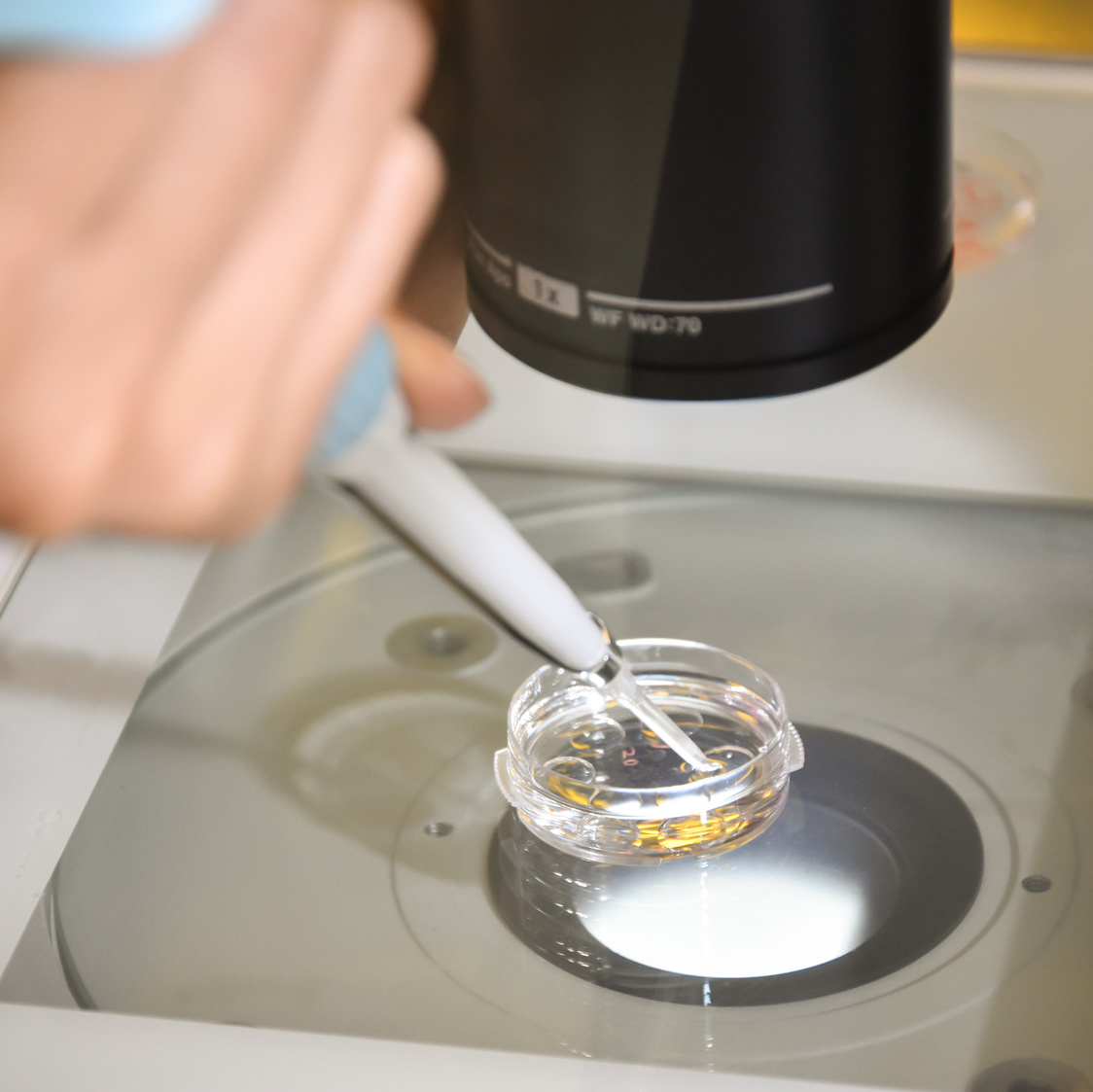I was performing HSGs in our San Ramon office last week and noticed a recurring theme: extreme anxiety! I wanted to take this opportunity to discuss the HSG test and what it involves.
HSG stands for hysterosalpingogram. It is an x-ray test that enables us to evaluate the uterine cavity and fallopian tubes. This test is ordered on many women during an infertility evaluation. At least one fallopian tube must be open for the egg and sperm to meet and for fertilization to occur.
There are some known risk factors for the fallopian tubes to be blocked. These include a history of abdominal surgery, pelvic infection, ectopic pregnancy, appendicitis, and tubal surgery. However, many patients who have blocked fallopian tubes do not have any identifiable risks. So it is very important to have this test performed if pregnancy is not occurring, especially if there is no obvious issue with sperm factors, ovulation, or egg quality.
HSGs can be done at a radiology center, in a hospital, or an office setting. The test takes approximately 30 minutes from start to finish but much of this time is preparation. The actual test time is usually less than 5 minutes. An HSG starts much like a pap smear with a speculum exam. The cervix is cleaned and a small catheter is introduced into the cervix to allow for the introduction of dye. If the tubes are open, dye will pass from the uterus into the fallopian tubes and will spill out of the fallopian tubes. X-ray images are taken to record the filling of the uterus and to determine whether the dye spills freely from both tubes.
At RSC, we perform HSGs every week in our San Ramon location. The HSGs are performed by an RSC physician who is a Reproductive Endocrinologist and a Certified Fluoroscopic Operator. When I am performing HSGs, I find that most patients try to prepare themselves for the HSG by reading a lot on the internet and talking to all their friends who are going through the same fertility journey. By the time I walk into the room to introduce myself before starting the HSG, most patients are very nervous and anxious about what is about to take place.
I walk the patient through every step to put their mind at ease. I think that half the battle is not being caught by surprise. Once the HSG is completed, I review the results of the test. The good news is that when the HSG is done, most patients say that it wasn’t nearly as bad as they were expecting. Often the anticipation of the test is worse than the test itself! So if your doctor has requested that you have an HSG, remember that it is likely not as bad as you’ve heard and is an important part of the process of helping you start your family.
For more information on HSGs, view our fertility fact sheet.



